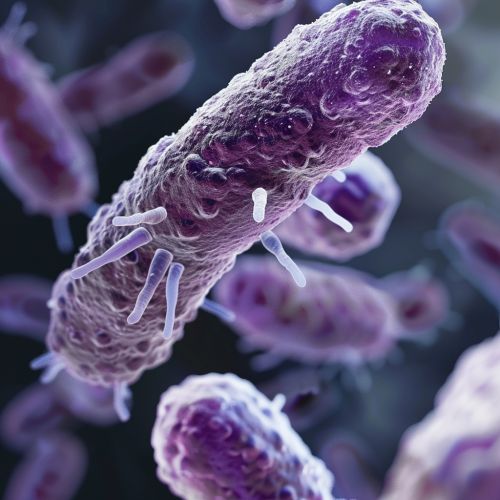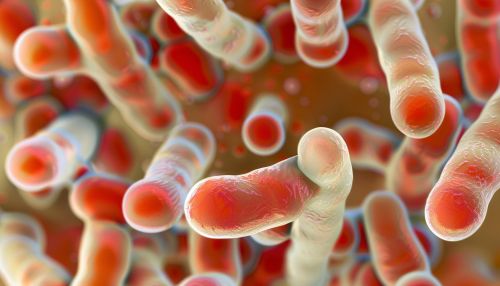Agrobacterium-mediated transformation
Introduction
Agrobacterium-mediated transformation is a method of genetic engineering used primarily in plant biology. It is a form of horizontal gene transfer where the DNA from the Agrobacterium tumefaciens bacterium is integrated into the plant's genome. This process is used to introduce new traits to plants, such as disease resistance or improved nutritional content.


History
The potential for Agrobacterium-mediated transformation was first discovered in the early 20th century when researchers noticed that plants infected with Agrobacterium tumefaciens developed unusual growths, or crown galls. Further investigation revealed that the bacterium was transferring its own DNA into the plant cells, causing the abnormal growth. This discovery led to the development of Agrobacterium-mediated transformation as a tool for genetic engineering in the latter part of the century.
Mechanism
The mechanism of Agrobacterium-mediated transformation involves several steps. First, the Agrobacterium attaches to the plant cell. This attachment is facilitated by the bacterium's flagella and pili, which help it move towards the plant cell and adhere to its surface.
Once attached, the Agrobacterium injects a piece of its own DNA, known as the T-DNA, into the plant cell. The T-DNA is located on a plasmid within the bacterium, a small, circular piece of DNA that is separate from the bacterium's main chromosome. This T-DNA is integrated into the plant's genome, where it can be expressed by the plant cell's machinery.
Applications
Agrobacterium-mediated transformation has a wide range of applications in plant biology and agriculture. It is used to introduce new traits to plants, such as disease resistance, drought tolerance, or improved nutritional content. For example, it has been used to create golden rice, a variety of rice that has been genetically modified to produce beta-carotene, a precursor to vitamin A.
In addition to its use in genetic engineering, Agrobacterium-mediated transformation is also a valuable tool for studying plant biology. It can be used to introduce marker genes into plants, which can then be used to track cellular processes or to identify specific cells or tissues.
Limitations and Challenges
While Agrobacterium-mediated transformation is a powerful tool, it also has its limitations and challenges. One of the main limitations is that it is not effective in all plant species. Some plants are resistant to Agrobacterium infection, making it difficult to use this method for genetic engineering in these species.
Another challenge is the potential for off-target effects. While the Agrobacterium is designed to insert the T-DNA at a specific location in the plant's genome, it can sometimes insert the DNA at unintended locations. This can lead to unexpected effects, such as changes in the plant's growth or development.
Future Directions
Despite these challenges, researchers are continually working to improve the efficiency and specificity of Agrobacterium-mediated transformation. New techniques are being developed to increase the range of plant species that can be transformed using this method. Additionally, researchers are exploring ways to reduce off-target effects and to increase the precision of T-DNA integration.
